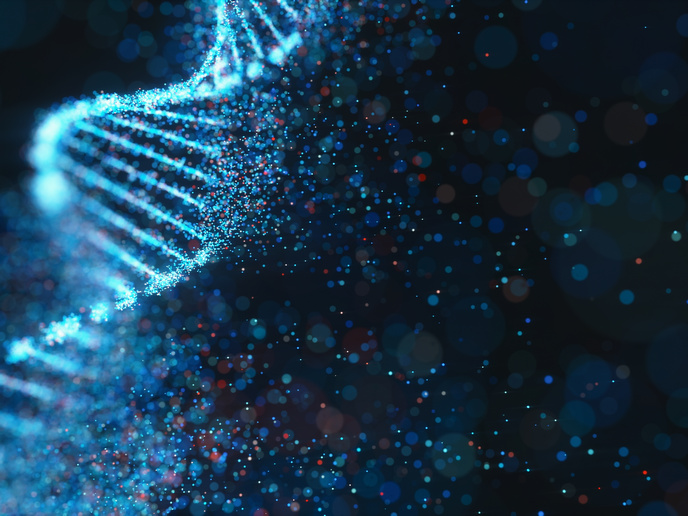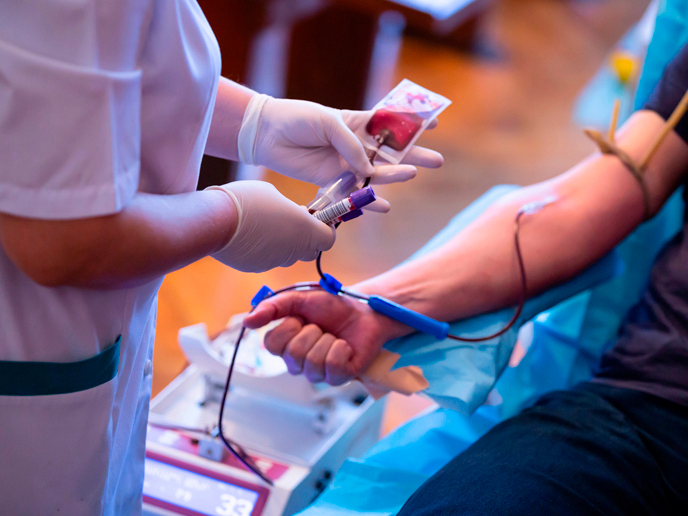Deciphering cell division machinery
Cytokinesis is an irreversible step that separates one mother cell into two daughter cells after mitosis – body cell division. Proper placement of the division site and coordination of cytokinesis with cell cycle progression are critical to ensure equal distribution of the DNA and specific division of the contents of the cytoplasm. Schizosaccharomyces pombe (a fission yeast) has emerged as a powerful system model for cell division studies. Landmark experiments in the 1970s unveiled the role of cytoskeletal proteins in cytokinesis. Researchers discovered that a belt of actin and class II myosin forms a contractile ring at the cleavage of the cells and that drives cytokinesis. In fission yeast it's made up of more than fifty proteins and it is still unclear how this extremely complex structure works. The assembly of the contractile ring partially depends on protein structures which are formed around nucleus before the division, so called medial cortical nodes (MCD). They promote medial division by recruiting the division protein factors, and also by control of the timing of mitosis onset. This EU-funded 'Spatio-temporal control of cell division in fission yeast' (SPTPCDR2) project focused on the role of one of the factors involved in the cell division regulation – kinase Cdr2.Firstly researchers found that Cdr2 has motif that directly binds membrane phospholipids thus anchoring this protein to the membrane. Using genetic mutation experiments they demonstrated that Cdr2 has additional binding sites for oligomerisation that were essential for MCD formation. The scientists also found that this activity is regulated by phosphorylation of Cdr2 by Pom1 kinase. Pom1-dependent phosphorylation diminished Cdr2 affinity for the membrane, but Pom1 also regulated negatively Cdr2 interactions to prevent its clustering.Pom1 also controls Cdr2 activity as a mitotic promoting factor. Whether this regulation is independent of the regulation of MCD assembly was not known. Overexpression of Cdr2 demonstrated that Pom1 controls Cdr2 activity in addition to MCD distribution and that two functions are regulated independently. These important findings were submitted for publication.In conclusion, SPTPCDR2 uncovered complex mechanisms by which Cdr2 organises MCD, and by which Pom1 inhibits Cdr2 MCD assembly and activity to promote proper timing of cytokinesis.Project data will help to provide knowledge on the process that lies at the very basis of development and therefore many diseases. Details on the molecular mechanisms behind cell division will aid the development of personalised medicine.







